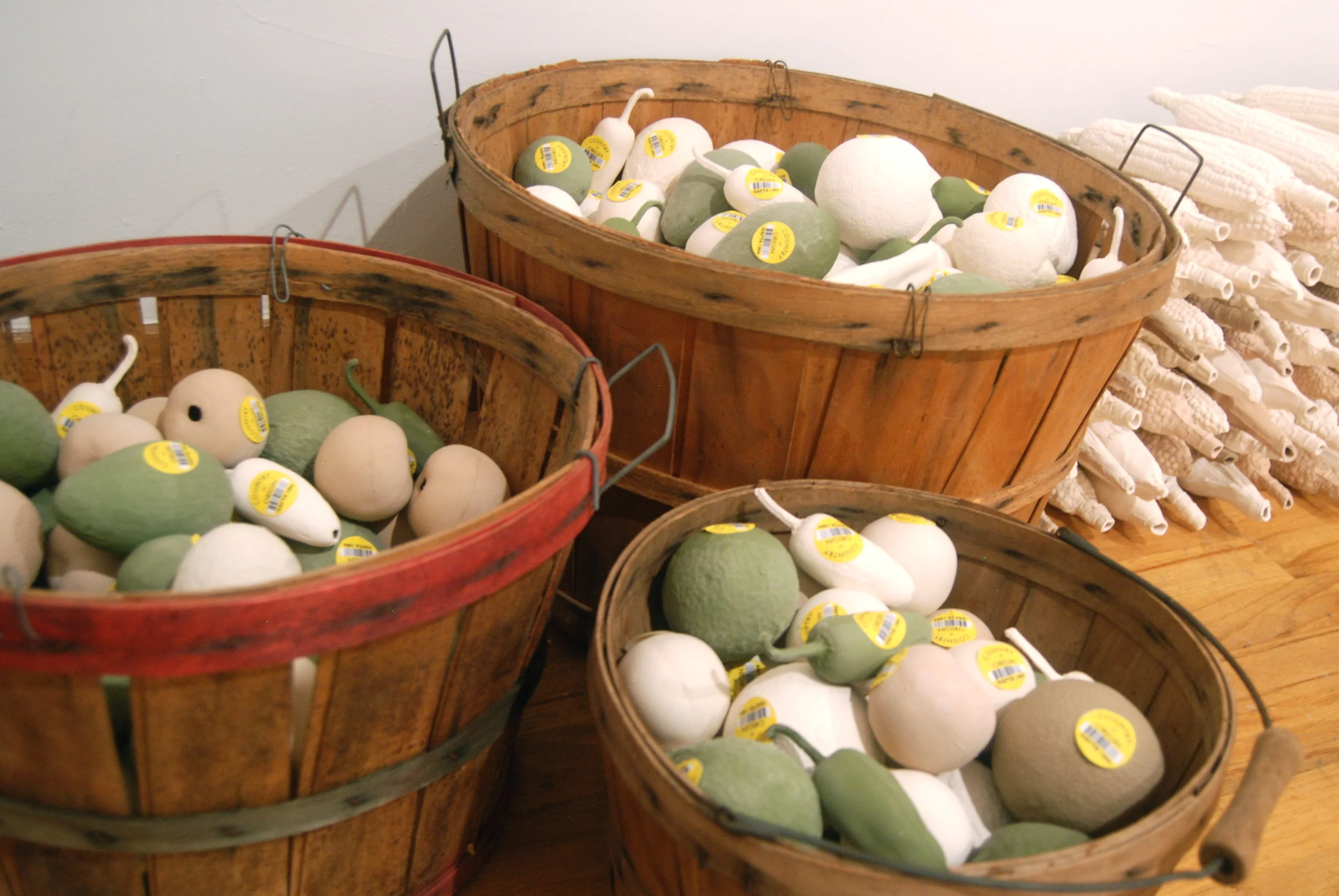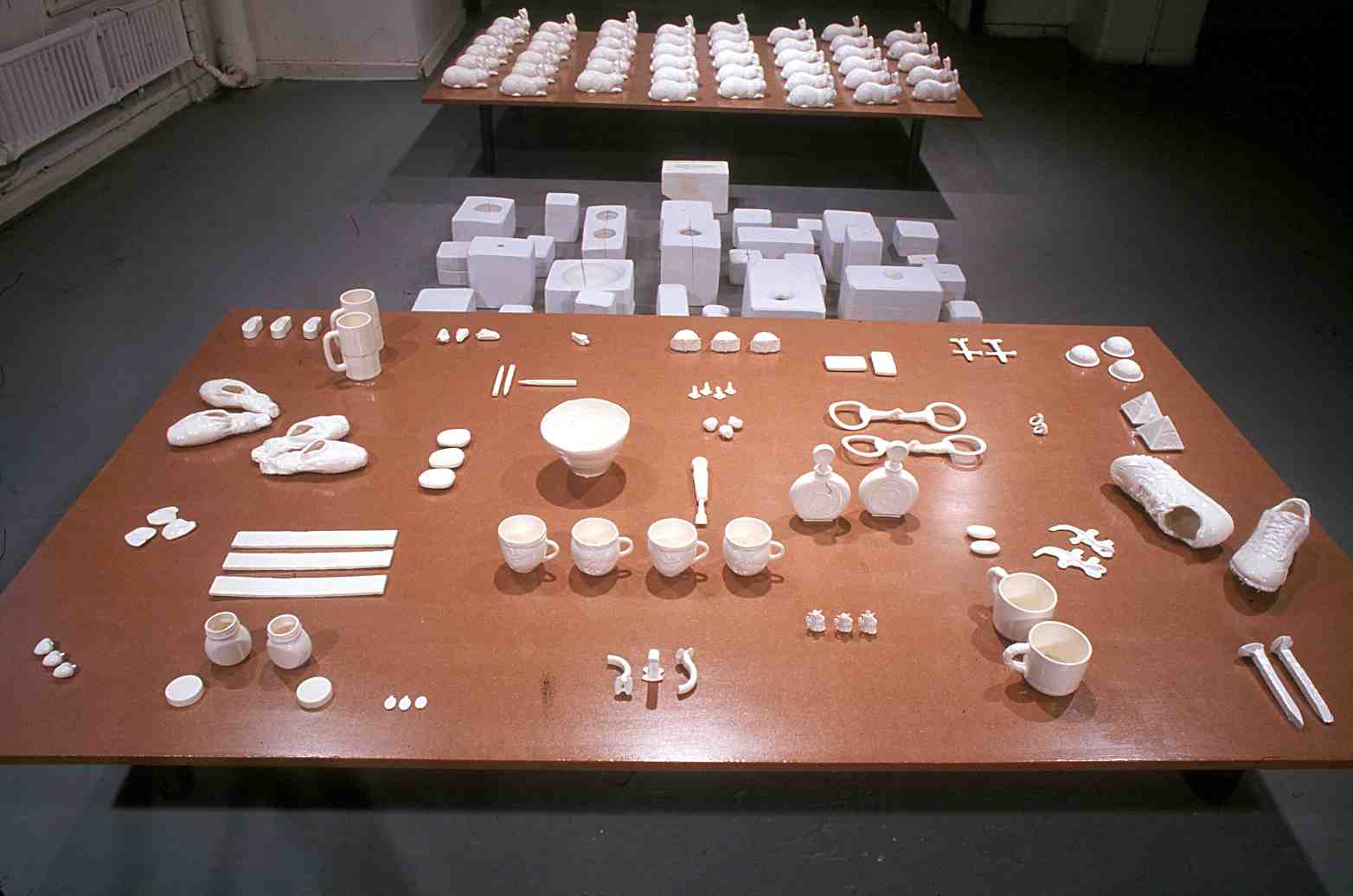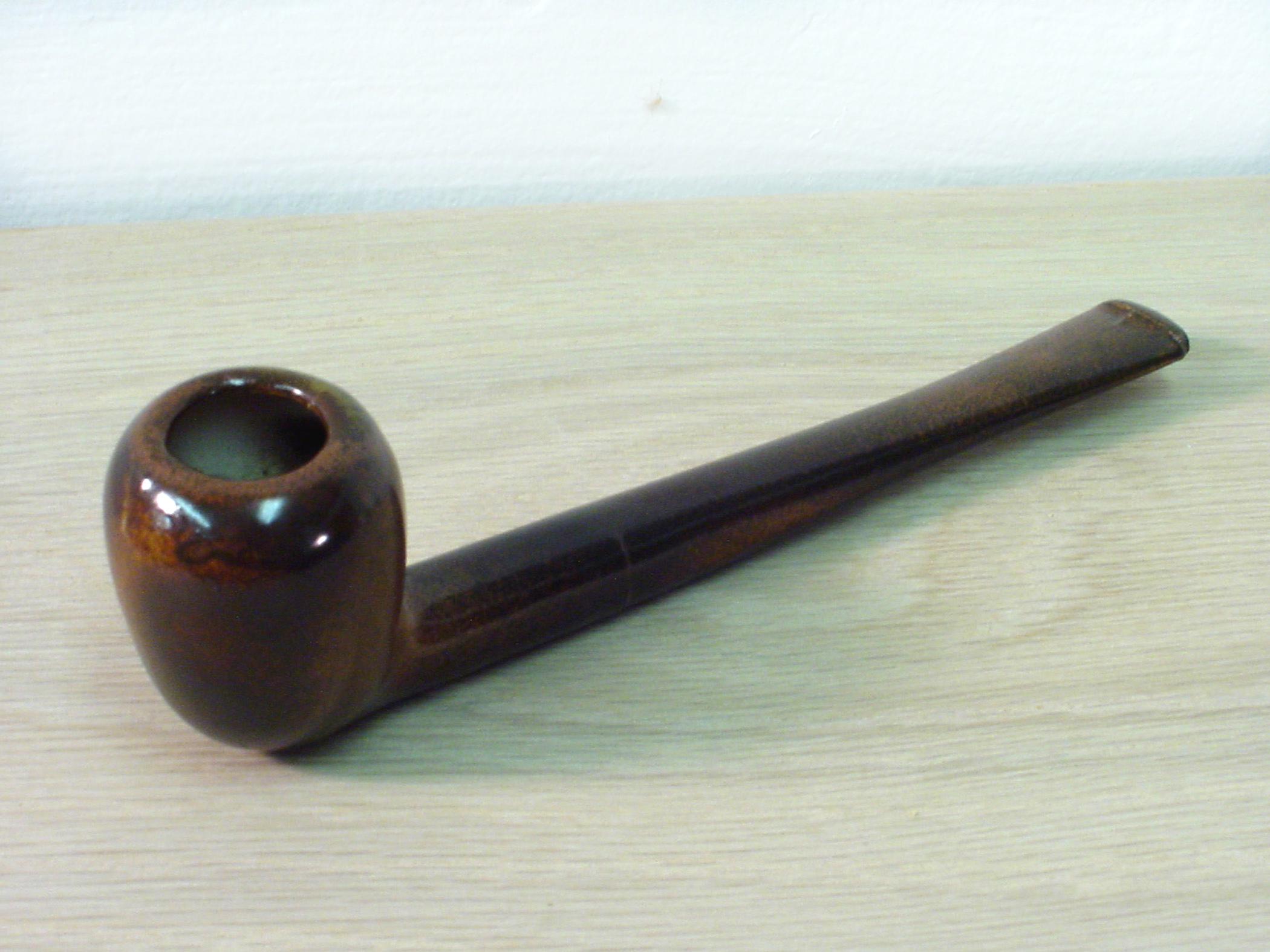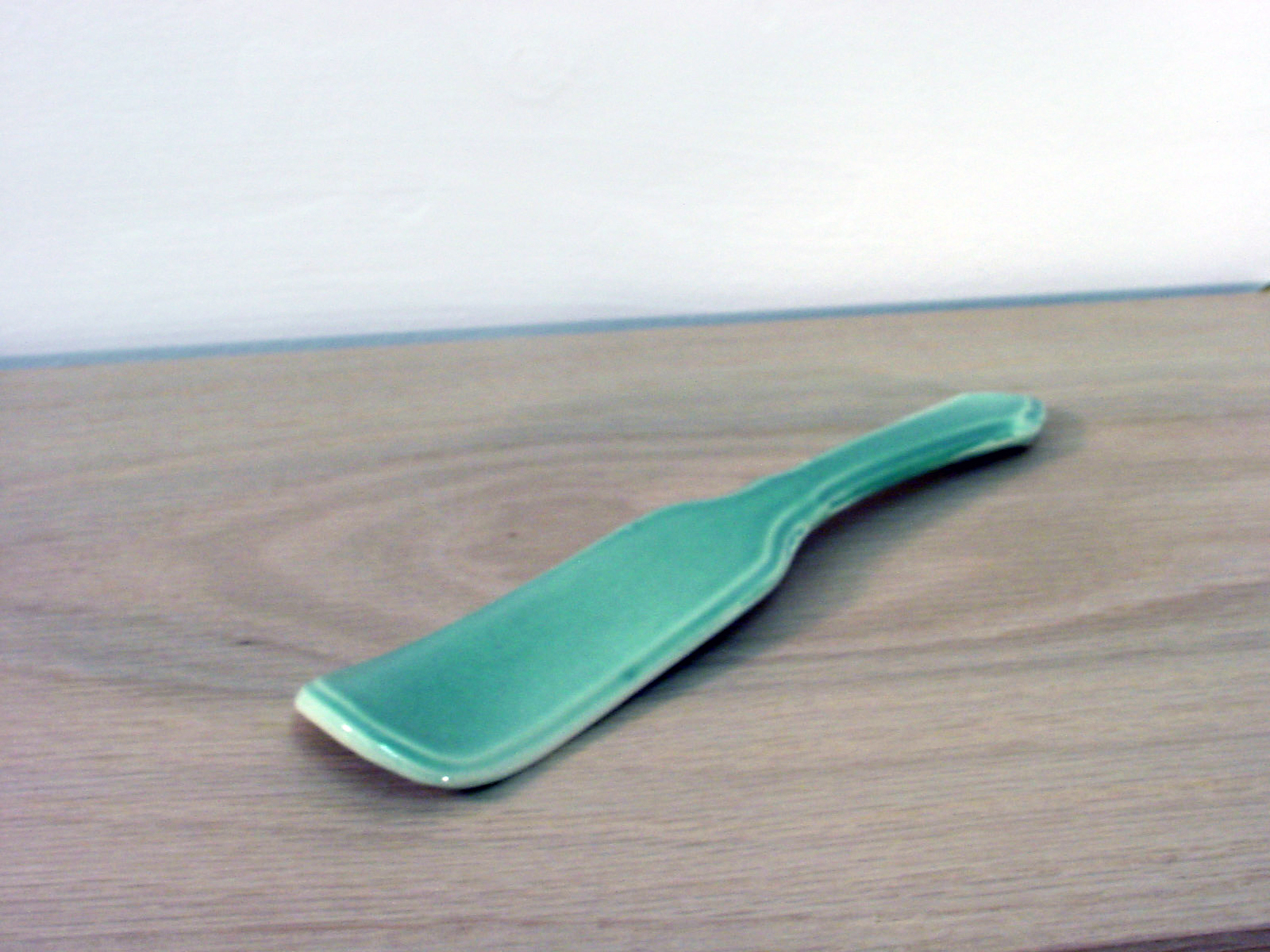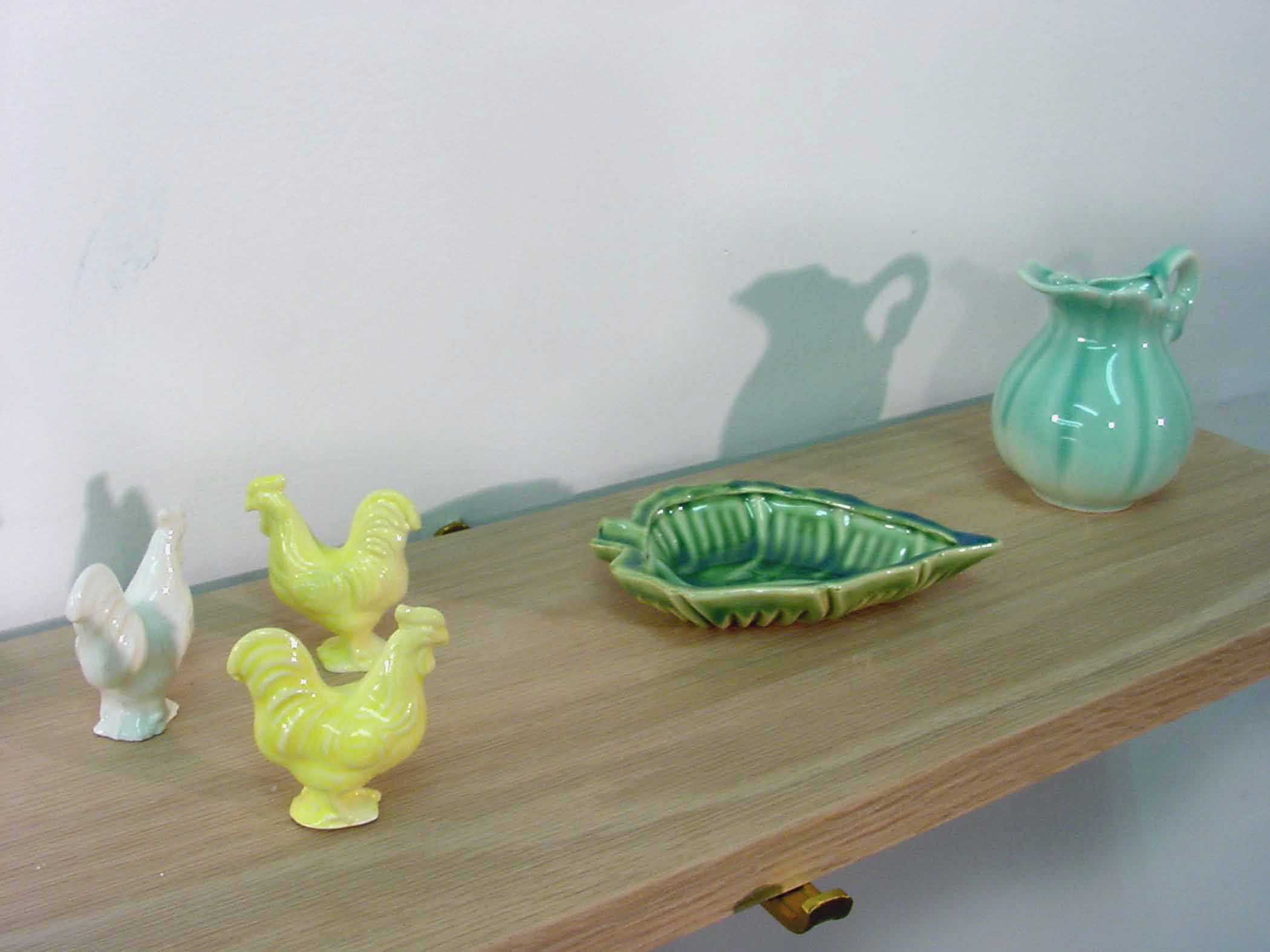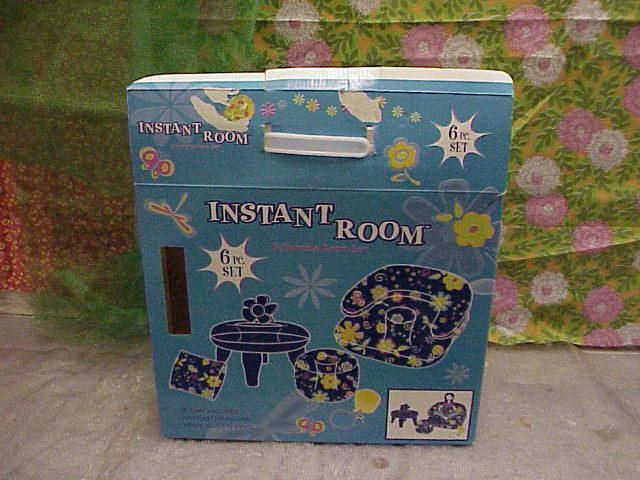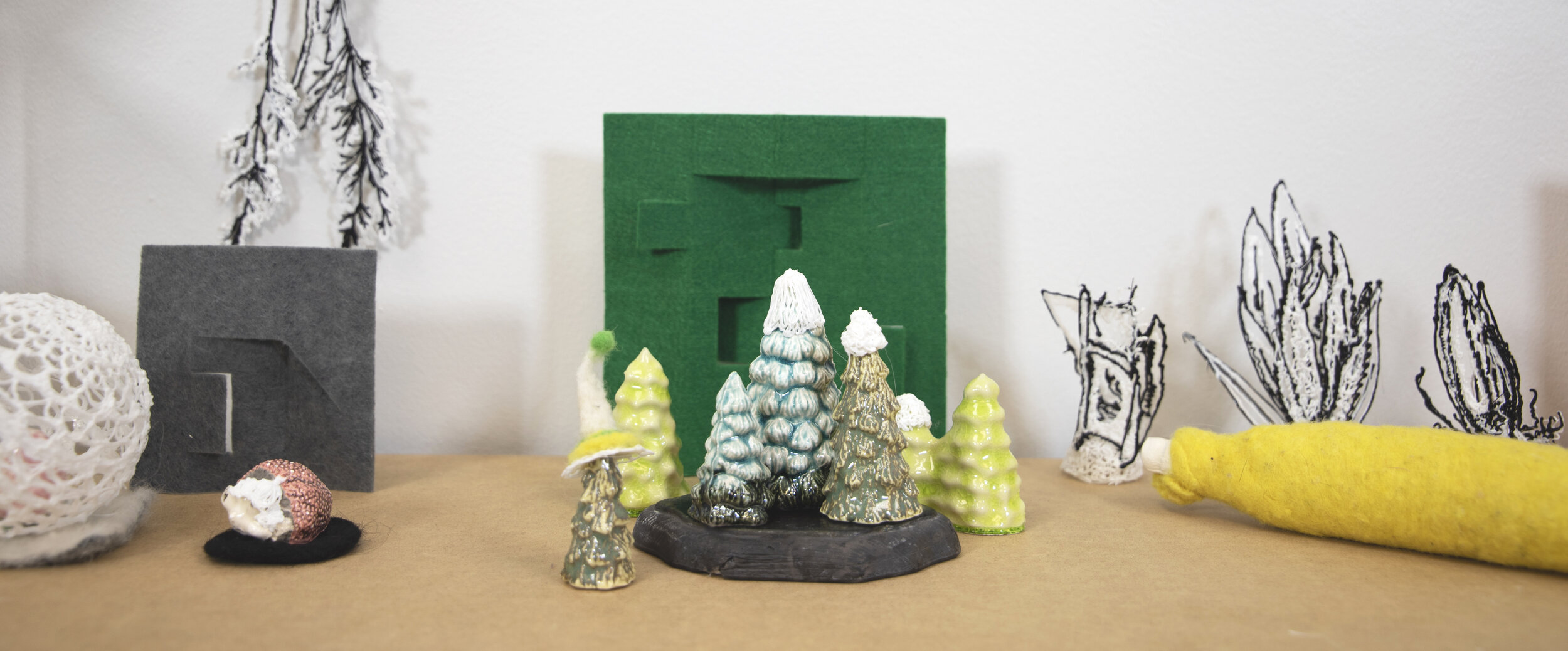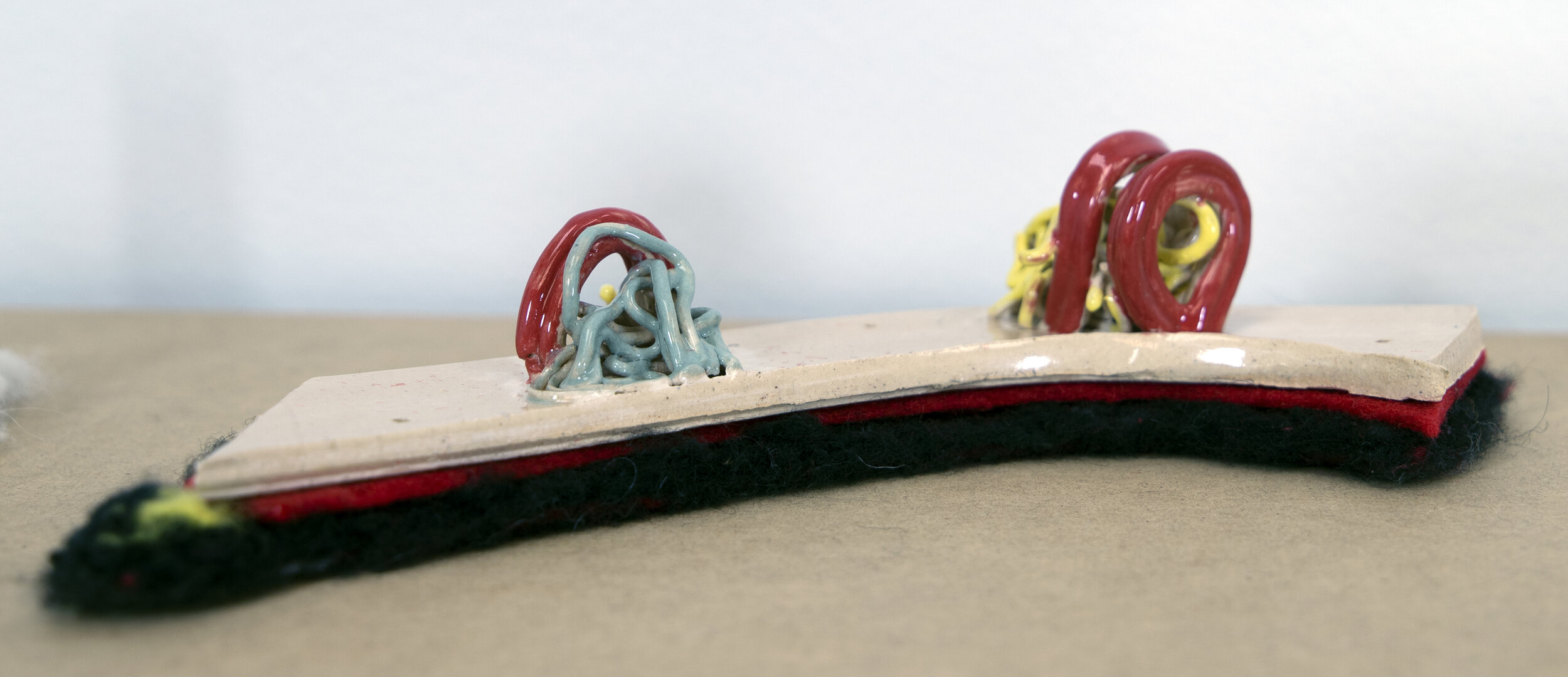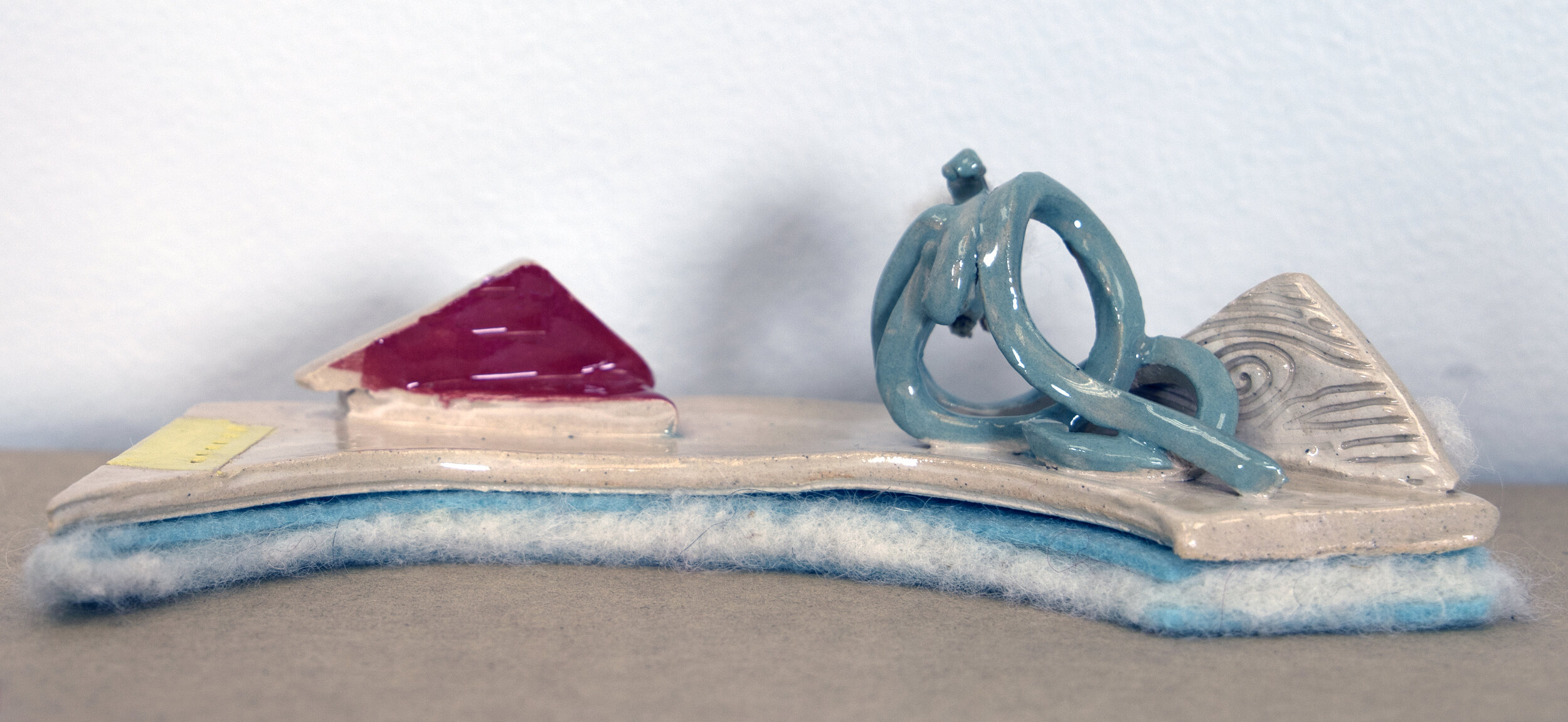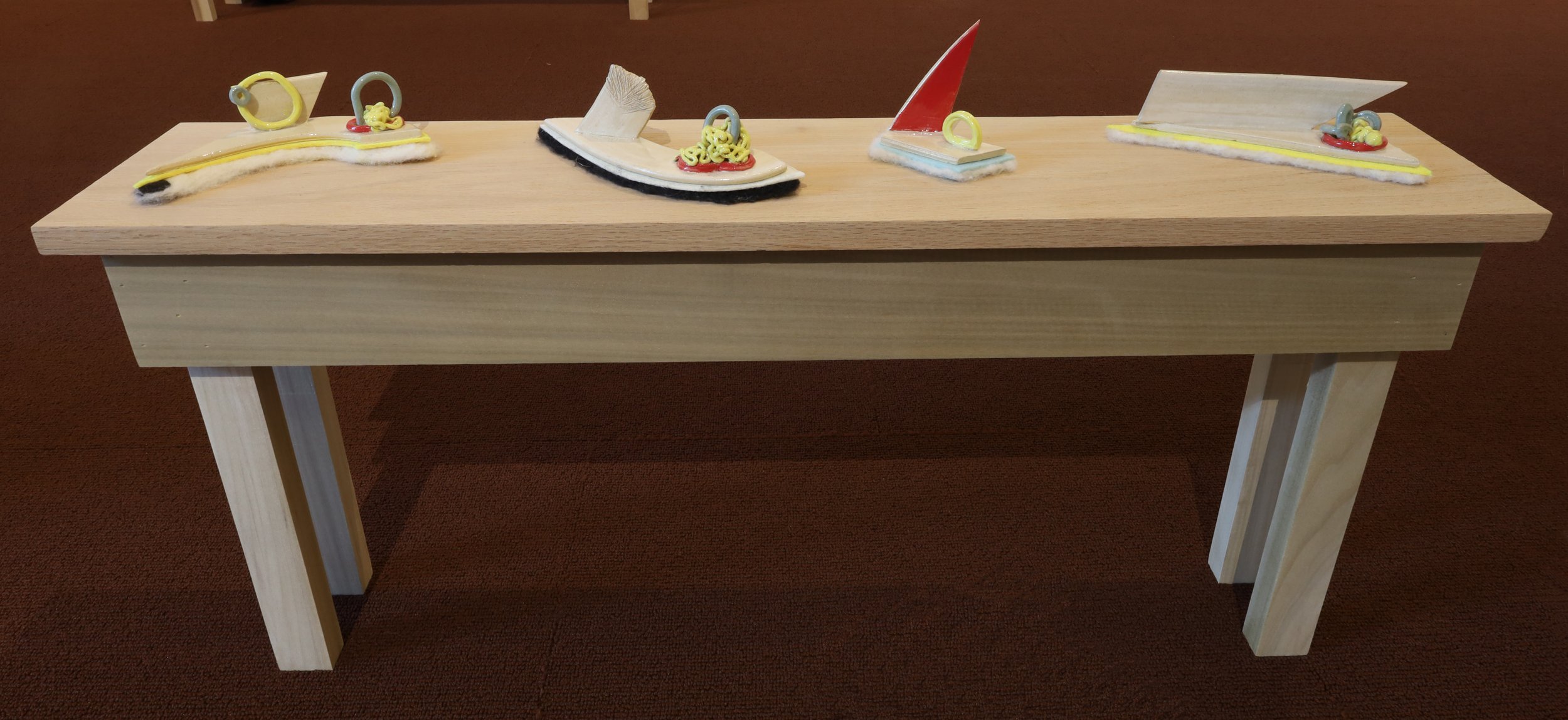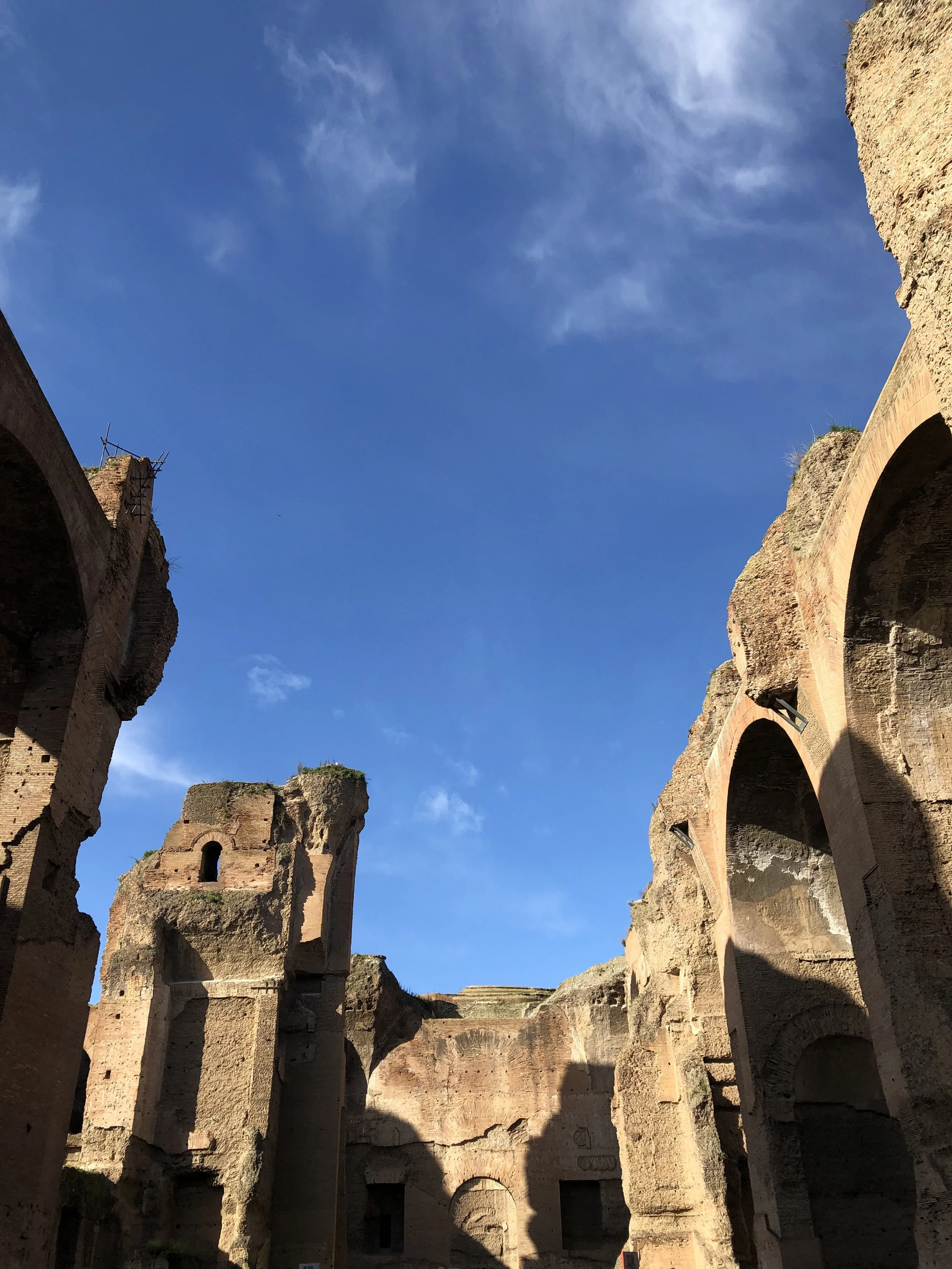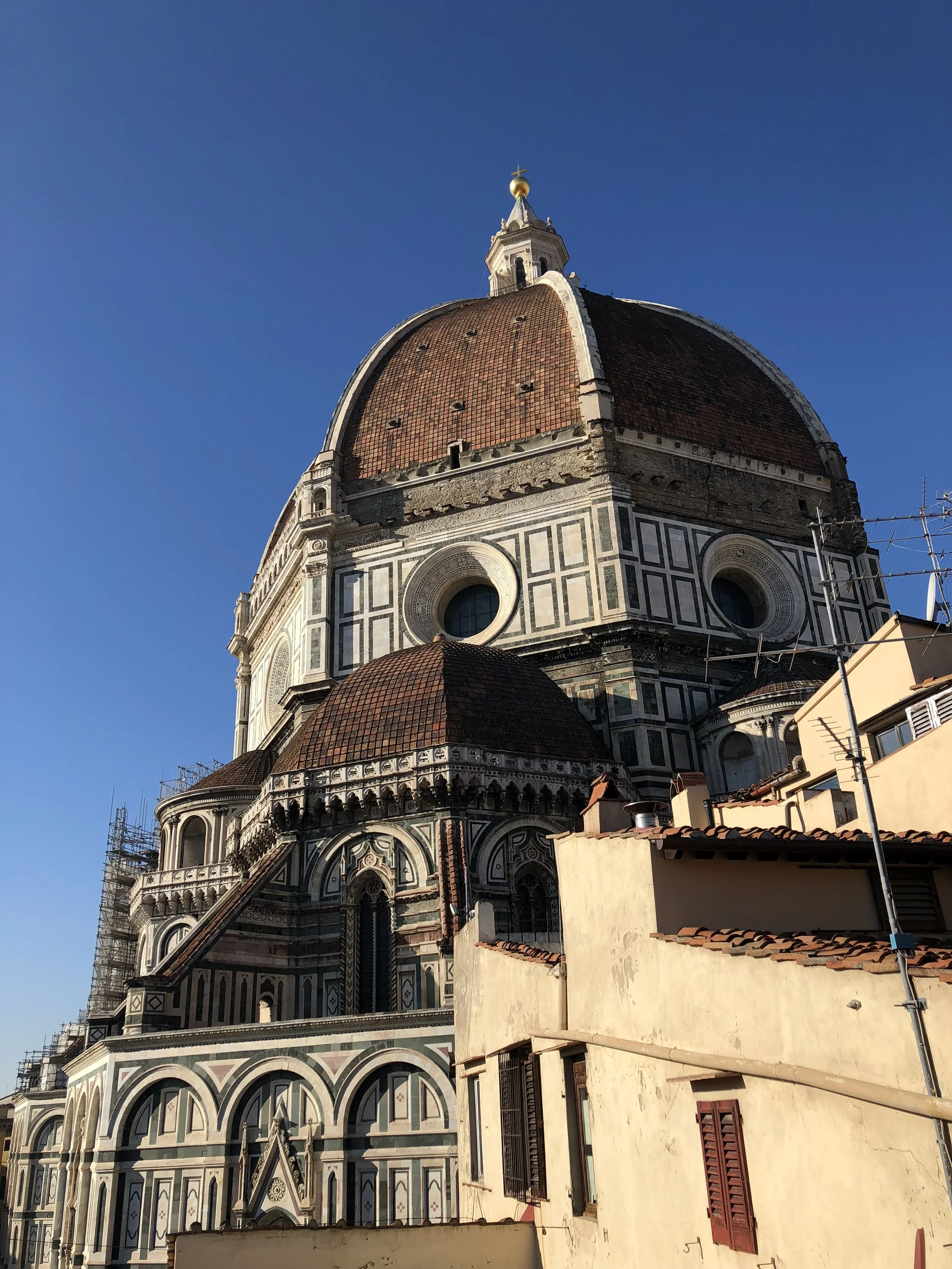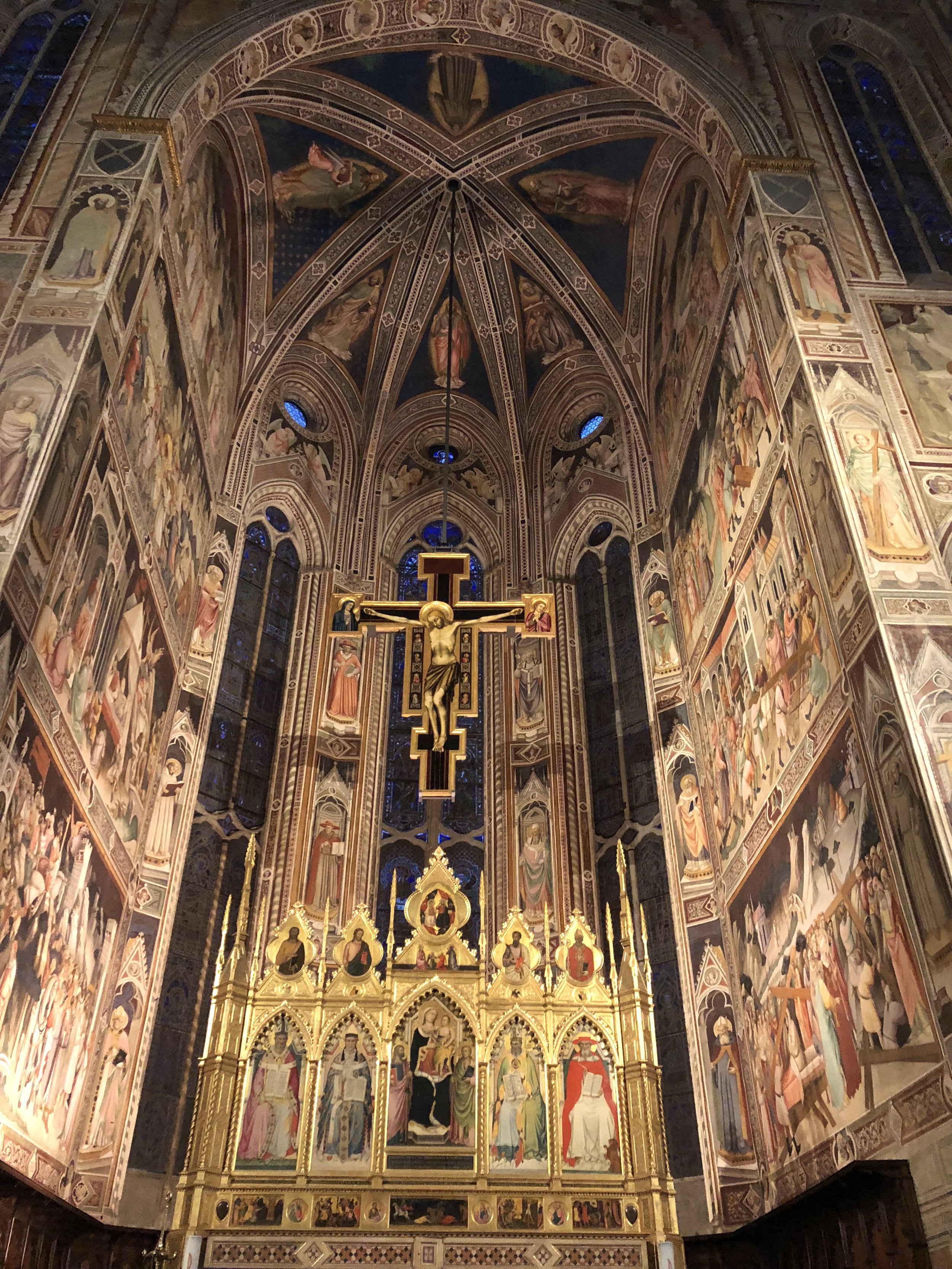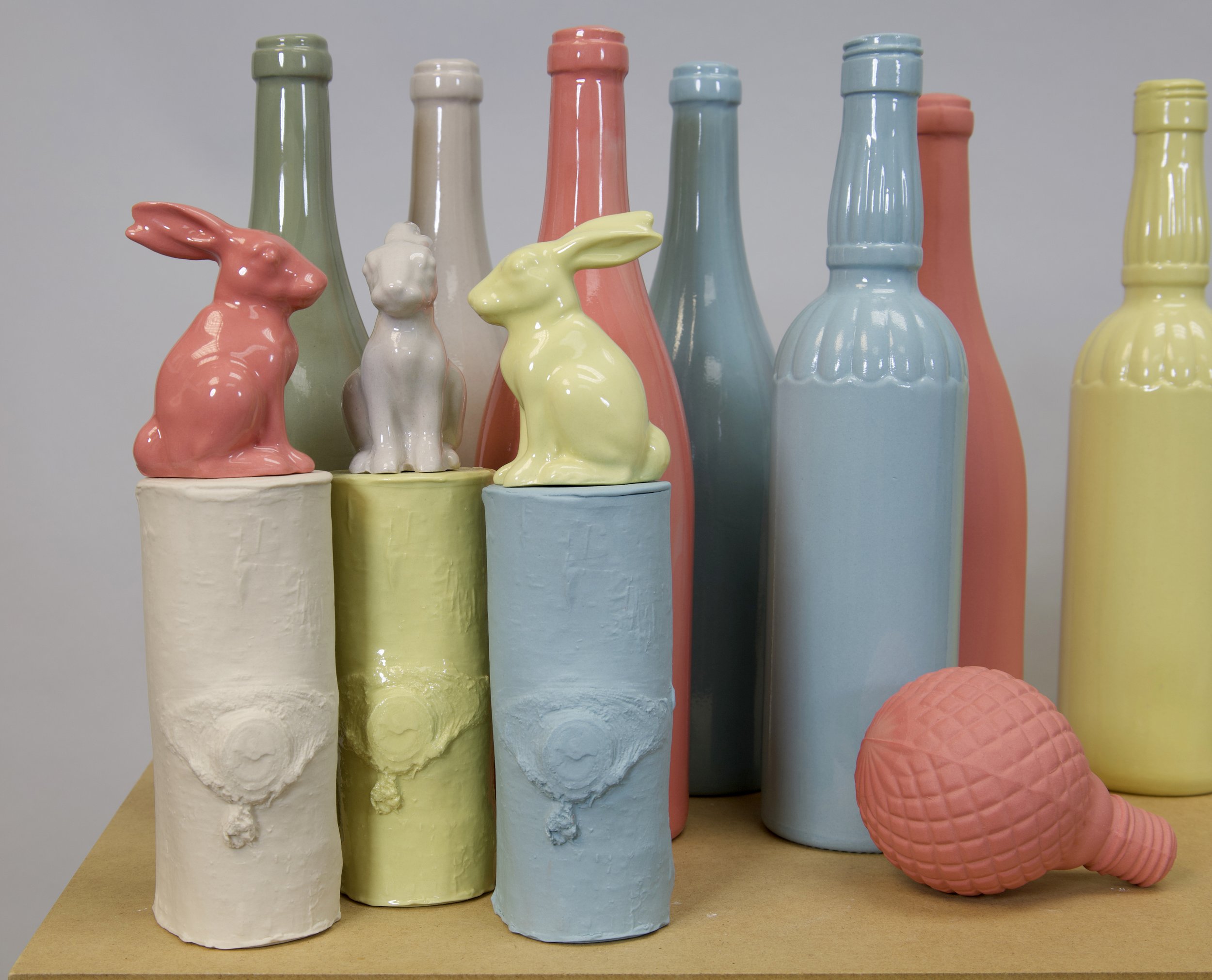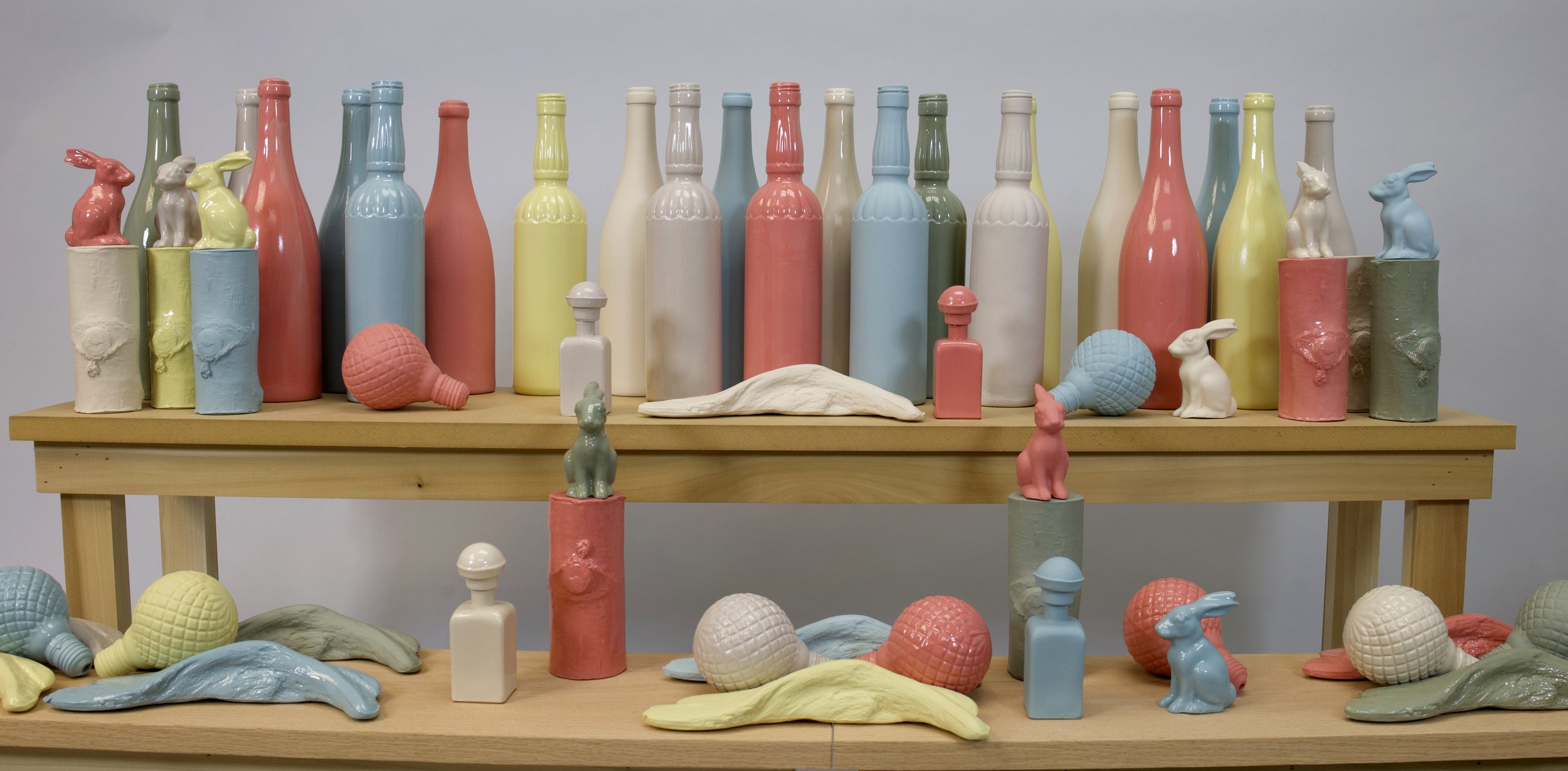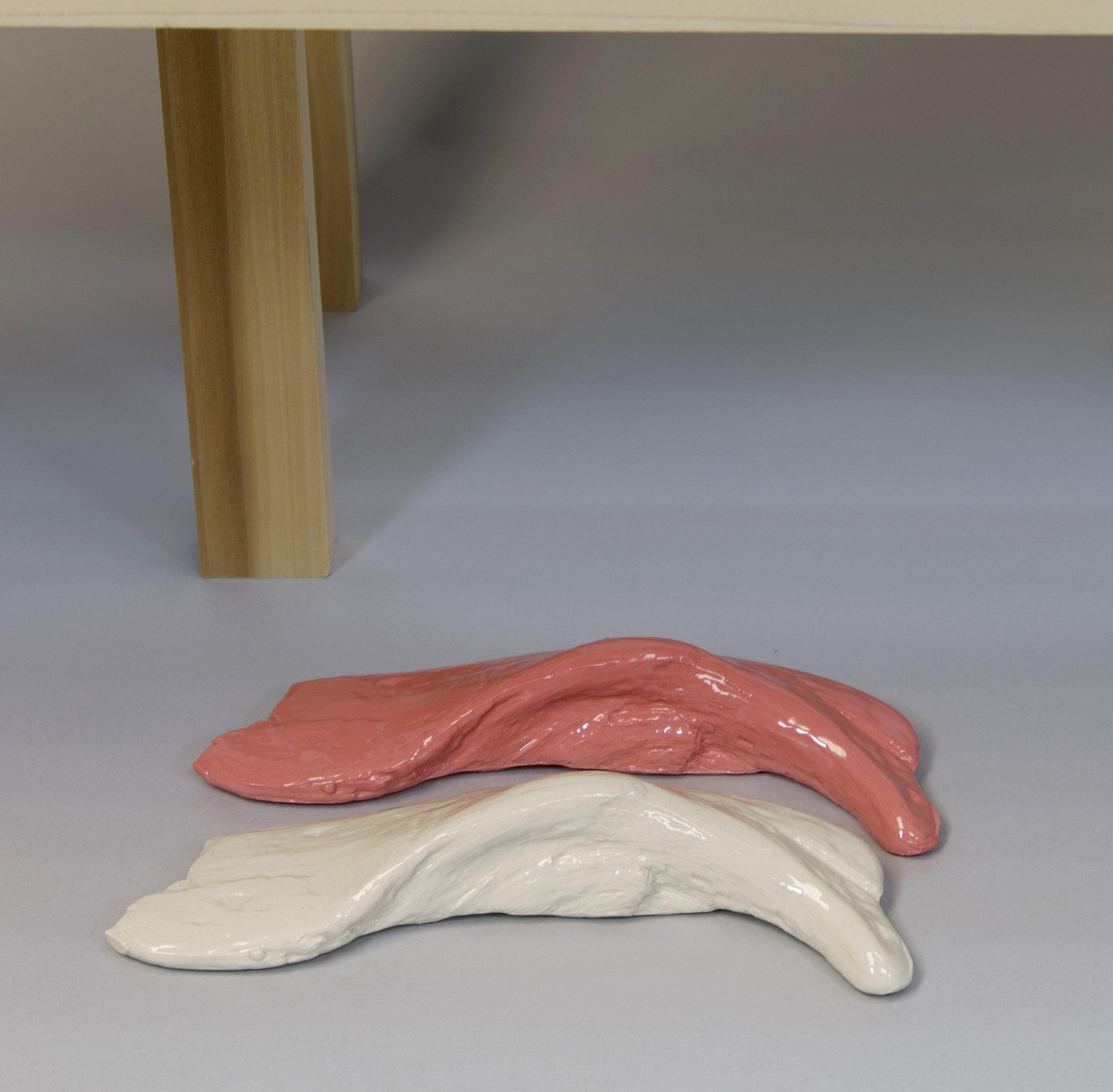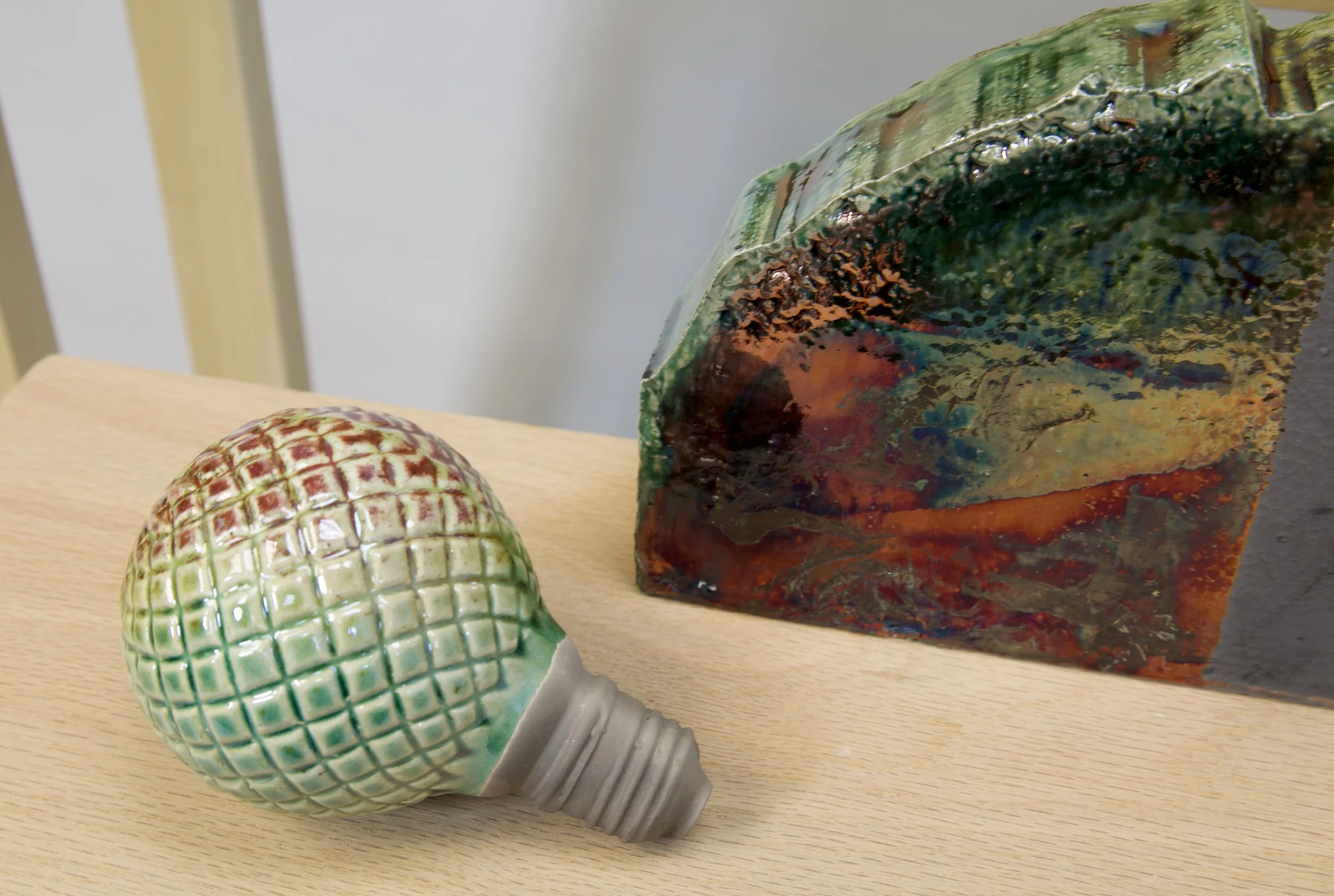
8
TV Service Repair: 333 N. 5th St.

6
The Interstices of Politics, Policies, and the Border

20
redefined

5
The Politics of Corn and Immigration

19
Anglewood Farm Project: Collaboration with Jessica Bader

28
Pennsylvania Mountains Revisited Series

10
Sentimental Objects Reproduced

11
Things Borrowed Without Permission

17
Objects Cast From Grandparents I've Never Met

2
Cast Candy Lamb

7
Leaves: Humboldt Park, Chicago IL

3
Commercial Cast Knockout
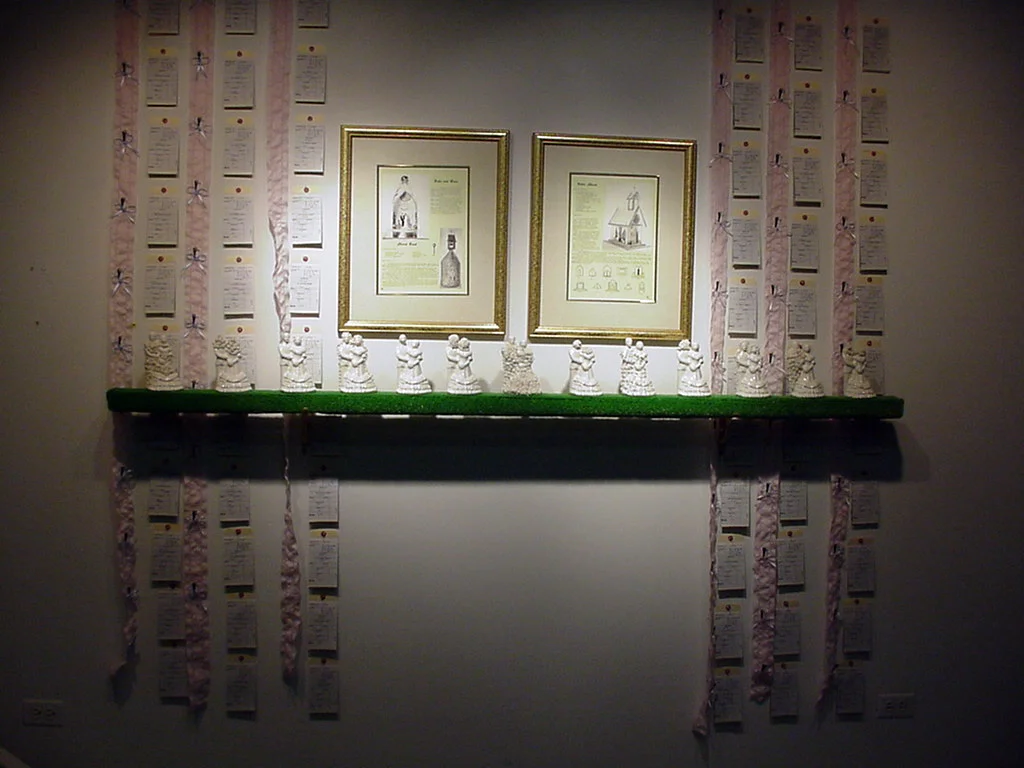
5
FOR YOU, 2000

20
Random Studies of Banality, 2000
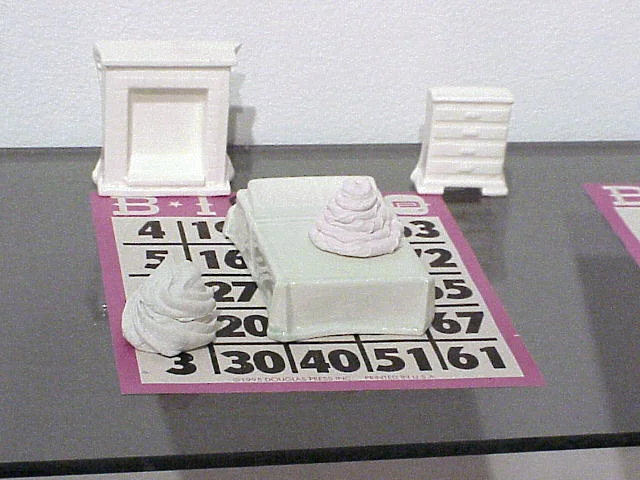
7
Frosting Furniture Series

8
Felt Studies

11
Felt Paintings

11
Site X: Reclamation Series, 2019

10
Clay_Felt_Abstraction Series 2020

7
Site 41.8N + 40.8N Series, 2020

16
Photos
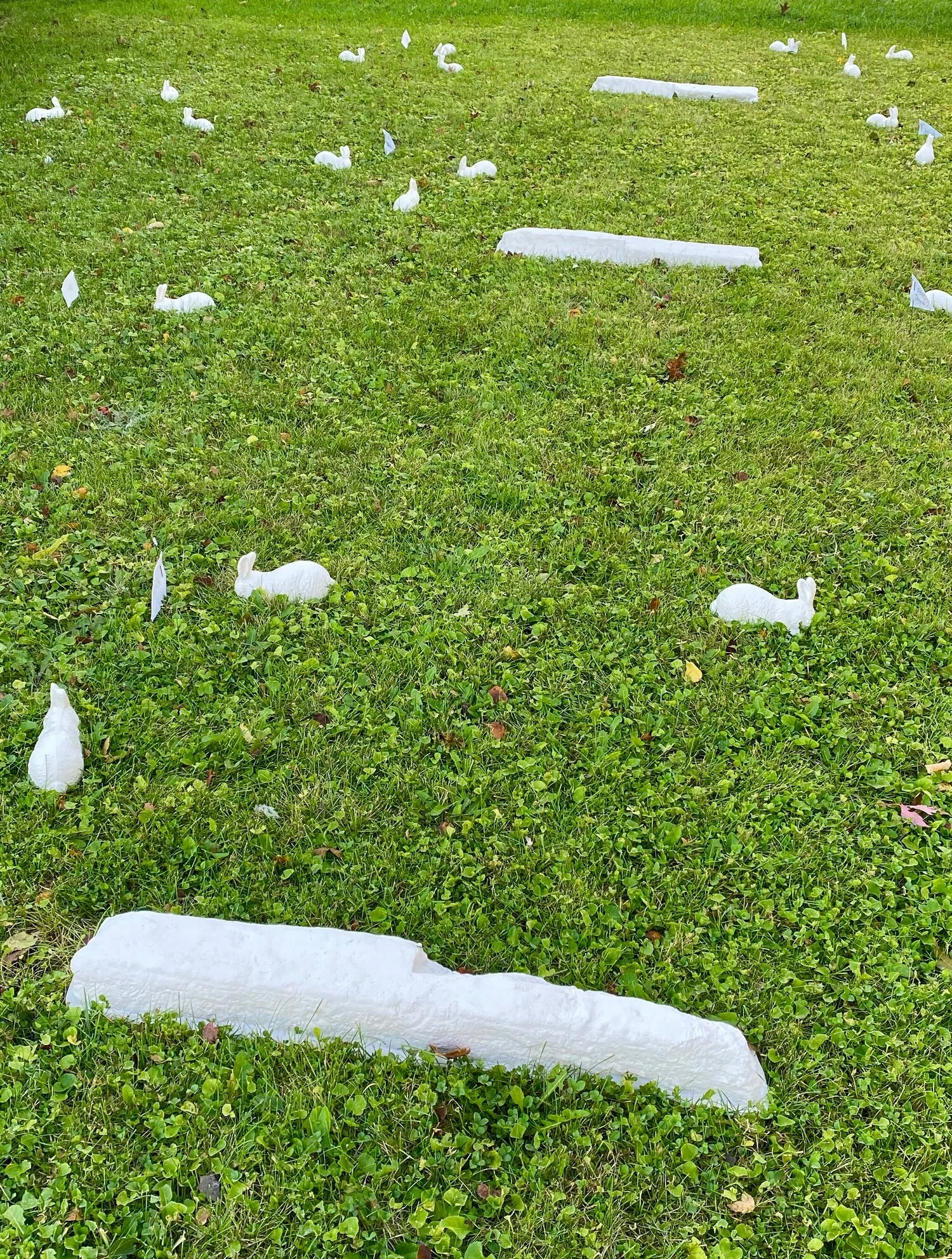
1
Terrain; Curb, 2019

19
C, A, L, and Sometimes M Series: 2022
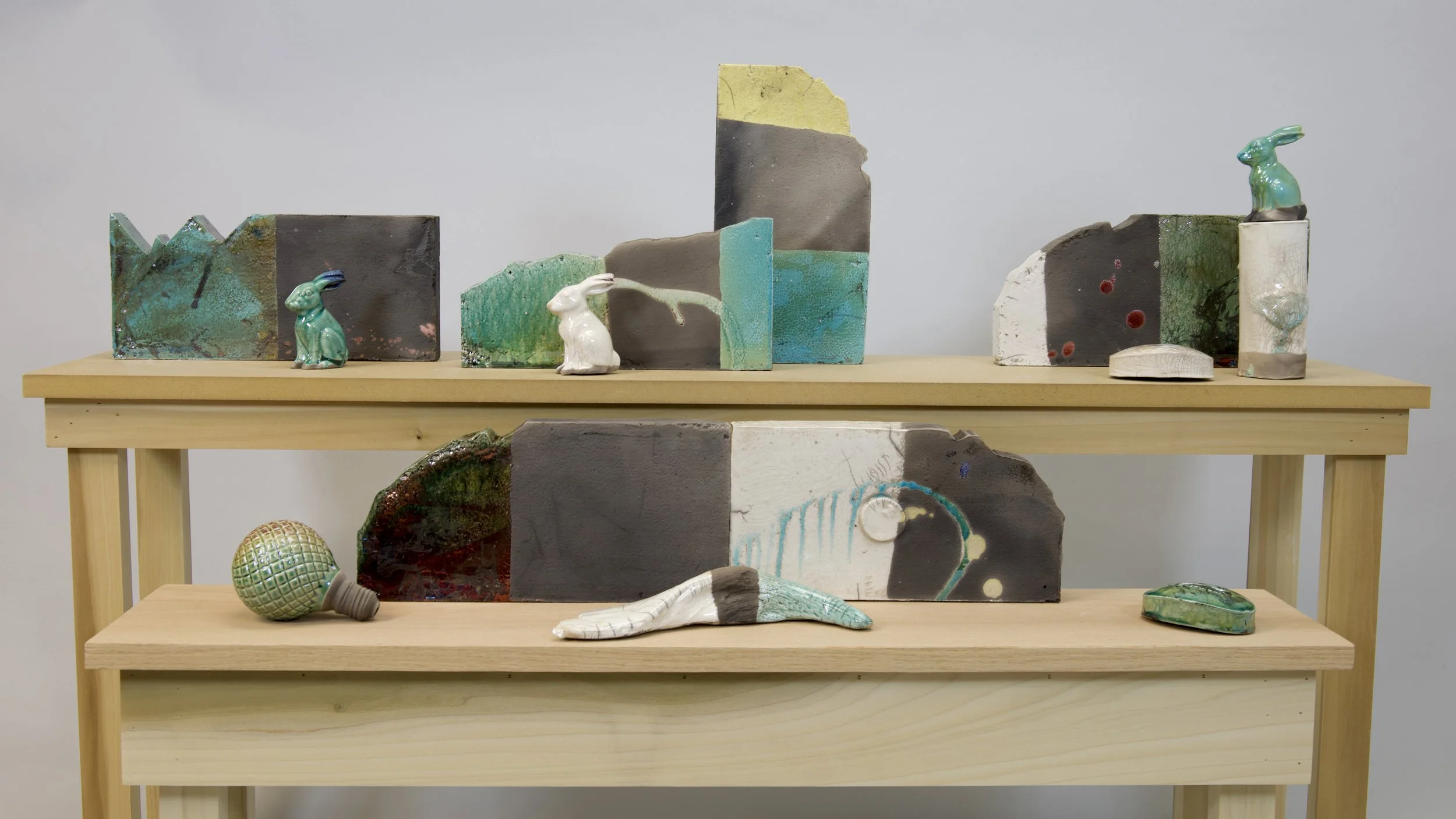
8
Ceramic Styrofoam Mountain Cut: C, A, L, but no M, 2022
0
New Products

7
Liminal Figurines_Version 2024

2
Pennsylvania Mountains Revisited: Styrofoam Mountain Cut with Coal, 2025

3
Terrain: The Other Side_2025

































